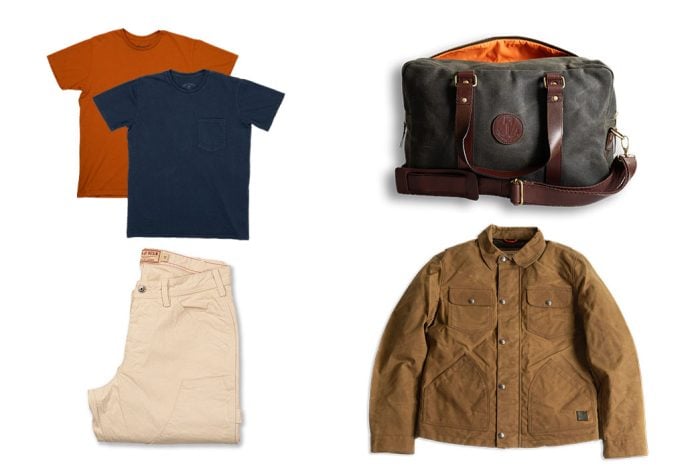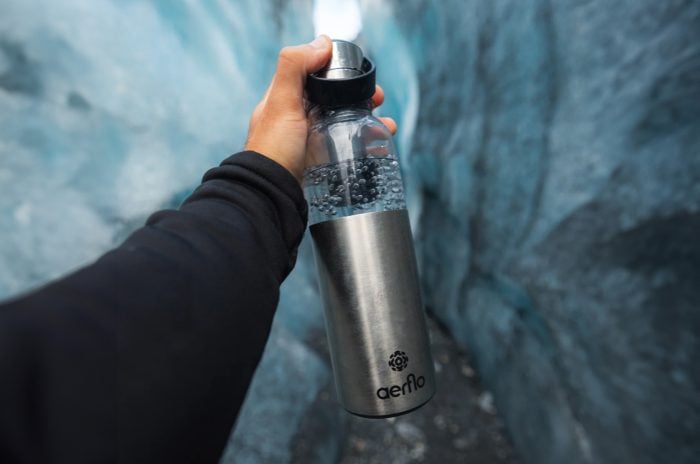We’ve featured tons of different knives over the years, as well as proper care for those knives. One thing that continues to impress us is the variation available in the blades. Each design has its advantages and disadvantages, which means something that suits those of you working out in the fields every day is probably going to use a different knife from the guy puttering around an office. And there are absolutely going to be guys in between. But don’t worry. Our ancestors saw fit to invent dozens of different knife blades, all suited to different jobs and lifestyles and all with something to contribute when used as EDC.
The Blades and Knife Designs You Should Know
There are dozens of types of knife blades that are used in everyday jobs and specialty tasks. Even if you prefer your trusty penknife, it’s worth familiarizing yourself with the wide world of pocket knife designs. So, we picked out 17 of the most common types of knives. Some of the options are highly specific while others are excellent beginner knives. Whatever type of knife you’re shopping for you’ll find it here. Below is our guide to the myriad types of knife designs including their applications and some recommendations.
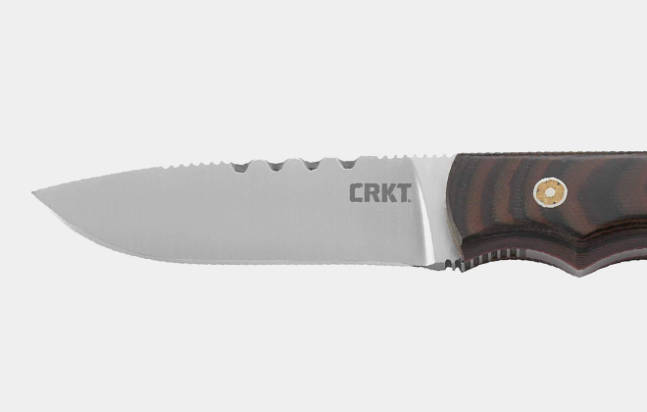
Drop-Point Blade
The Drop-Point knife is a classic, all-around style of knife blade. And it’s one of the most ubiquitous types of blades. The dull back of the handle has a gradual down-slope, creating an easily controlled point, increasing precision usage. It can also be used for hunting tasks, performing well in skinning and slicing jobs. If you’re looking for a drop-point knife, we’d recommend this CRKT knife, a fixed-blade Gerber knife, or a Western Active folding knife.
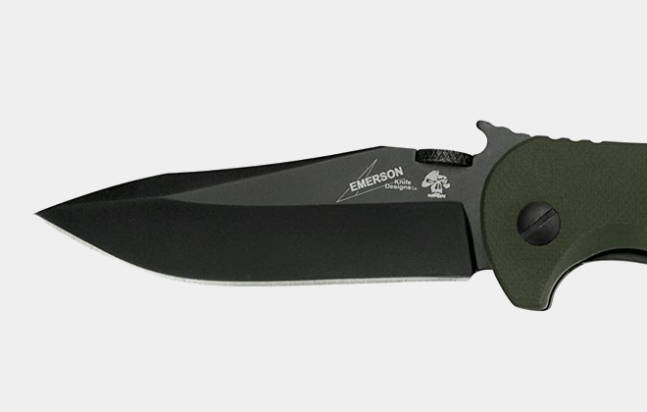
Clip-Point Blade
The clip-point blade is very similar to the drop-point which makes it is another general-purpose blade. But, you’ll notice the front section on this type of knife’s spine has a little “clip” taken out of it. This unique shape makes a clip-point blade perfect for delicate, precision tasks. We’d suggest getting a Kershaw Emerson, the Buck Knives 110, or this Cold Steel SRK survival knife.
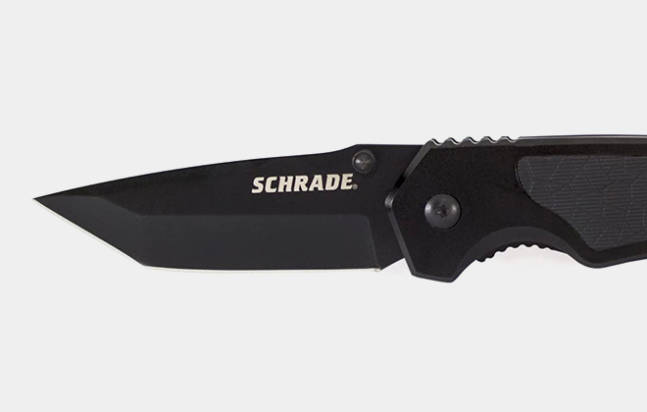
Tanto Blade (aka Chisel Point)
The tanto point is one of the stronger blades making it highly prized among specialized knife enthusiasts. Its shape gives it particular proficiency when it comes to piercing jobs and push cuts. It’s a great blade if you’re looking to pierce tough objects, but otherwise, this probably shouldn’t be part of your EDC. If you want a powerful tanto blade knife, get yourself a high carbon Schrade folding knife or the CIVI Brazen folding knife.
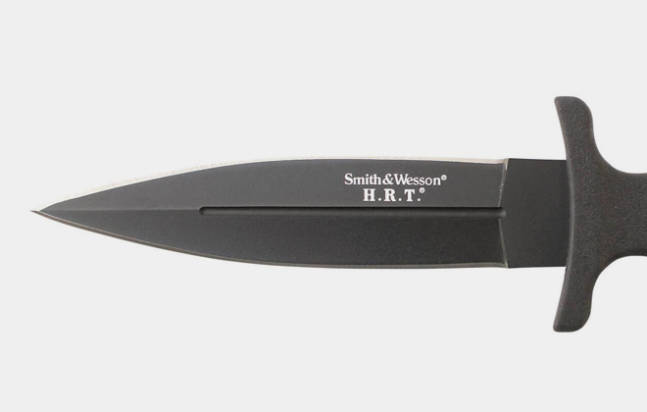
Spear-Point Blade
The spear point has equal slopes on both sides, putting its point in the direct center of the blade. Knives with spear blades may or may not have both sides of the blade sharpened. If both are, then the point is extremely sharp and excellently suited for piercing. Additionally, the blade itself is relatively wide and very strong. But, it’s one of many specialty types of knives. You’ll typically find the spear-point blade in throwing knives or daggers but they also appear with more common folding and/or pocket knives. Some of the best spear-point knives include the fixed blade Smith & Wesson H.R.T. and the DROP + Laconico frame-lock folding knife.
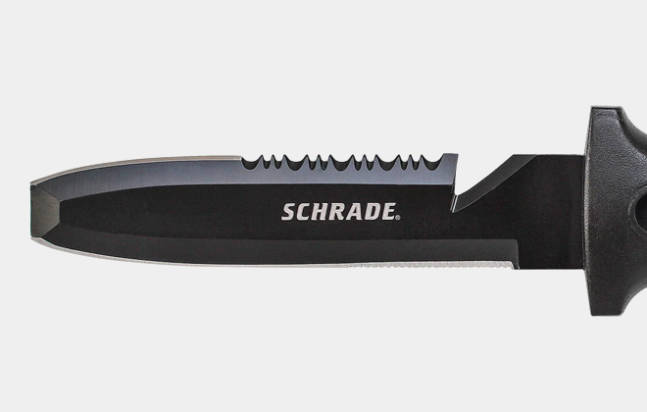
Blunt Tip Blade
Like the spear point, a blunt tip features a symmetrical blade with equal slopes. Unlike the spear point, the blade comes to a blunt tip as a safety precaution. This unique style means it’s a highly specialized knife design and not commonly used. They’re mostly used by kayakers, boaters, and divers when cutting line or rope. The best blunt tip blade we’ve found is definitely the Schrade WR3 with a serrated section on the spine.
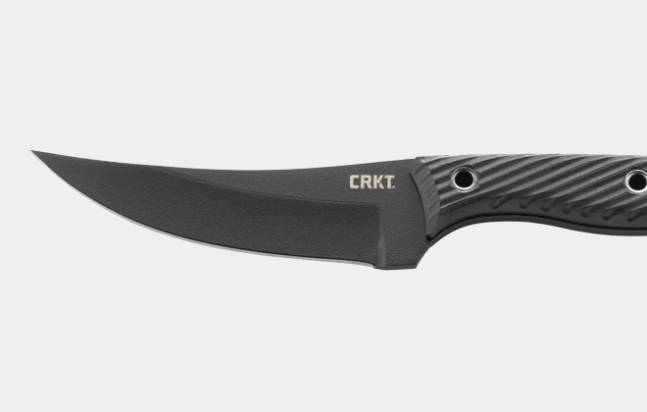
Trailing-Point Blade
Mostly used by hunters, the trailing blade’s back has a steep upward curved knife that forms a deep belly. It makes skinning and slicing incredibly easy and is a lightweight knife. But that all comes with a tradeoff. This style has one of the weakest points in the industry, making any kind of piercing a shaky proposition at best. We’d recommend the CRKT Clever Girl, this Eafengrow tactical folding knife, or the fixed blade Benchmade Meatcrafter.
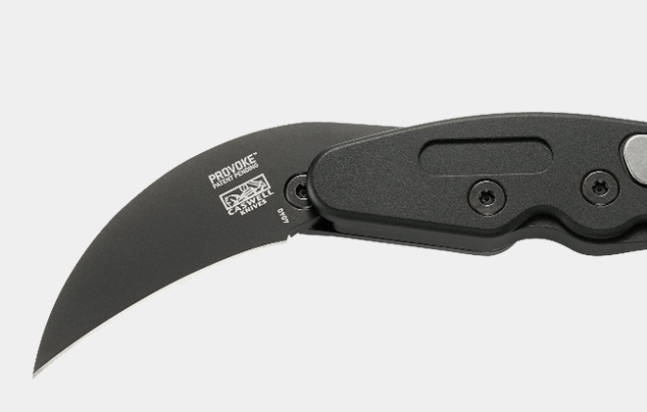
Hawkbill Blade
The hawkbill blade is almost the exact opposite of the trailing knife. It still retains the curved knife design. But, its longest side is the back, with a concave blade that’s more specialized than most. It’s not going to be a great knife for everyday usage. But if you find yourself often cutting cords and stripping wires, or even pruning in the garden, the hawkbill blade is the best option. We love the refined look of the Opinel No. 10 and the SZCO Pruning knife. Or, opt for a more tactical option like the CRKT Provoke or Spyderco Dragonfly.
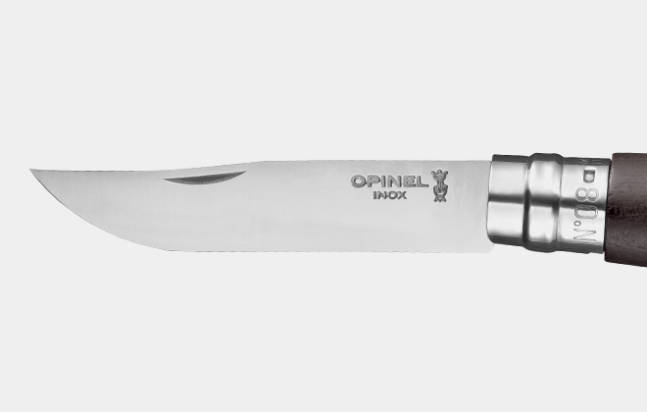
Straight Back (aka Normal) Blade
This is the knife design you’ve probably seen the most, since it’s the shape most kitchen knives follow. The straight back blade is sturdy, both in practice and tradition, and it’s one of the oldest blade shapes. Thanks to their strength and heavy blade, straight back knives are perfect for chopping and cutting. Of all the styles on this list, this is the one you’re safest buying. We have a ton of favorites when it comes to this style, Spyderco has some great options, but we’d suggest starting off with the classy Opinel No. 8 and The Carter from The James Brand.
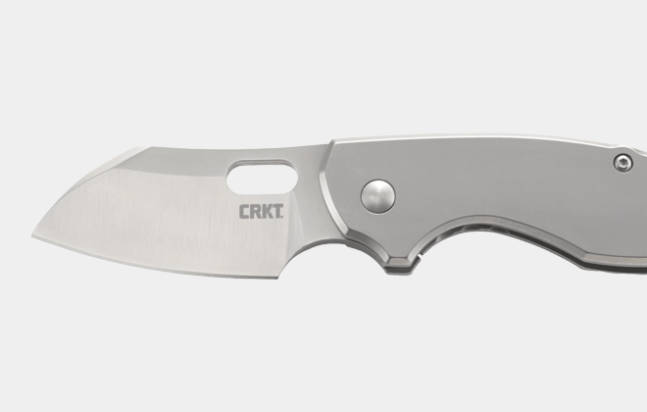
Sheepsfoot Blade
Plenty of emergency personnel carry the sheepsfoot type of blade, mostly because of the combination of practicality and safety. The sheepsfoot blade cuts well and works in close quarters, but the dull point and back make it much more difficult to hurt yourself and others while you use it. Originally, the style was used to trim sheep hooves, so it lends itself well to whittling as well. The Kershaw Corral Creek remains a favorite though it’s been discontinued. Otherwise, we’d recommend the CRKT Pilar or The James Brand The Wayland.

Wharncliffe Blade
There’s little difference other than aesthetics between this blade and the sheepsfoot blade. The wharncliffe has a more gradual slope that starts closer to the handle. Otherwise, the functionality of the wharncliffe is largely the same and the blade should be used for carving wood and cutting. The best options are The Pike from The James Brand, the Drago from Fox Knives USA, and the CRKT minimalist wharncliffe with a fixed blade and unique handle.
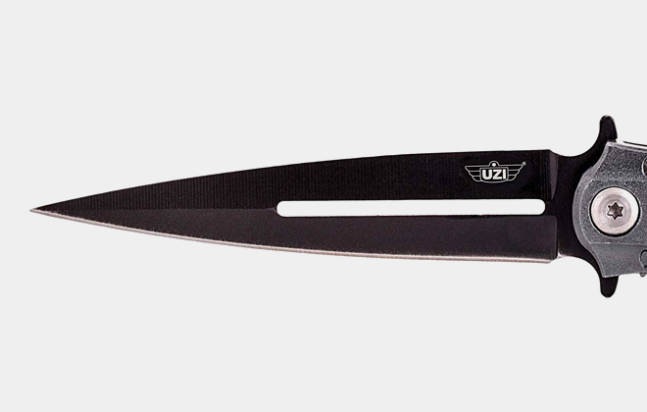
Needle-Point Blade
A needle-point blade is the one style on this list that lends itself more to combat than practical usage. The needle’s shape makes it excellent at piercing and slashing, though it is definitely on the fragile end of the spectrum and will break under improper stress. There doesn’t seem to be much reason for the average person to carry a blade like this. As a result, it’s not a very common type of blade. A small, EDC example of this knife is the Uzi folding knife.
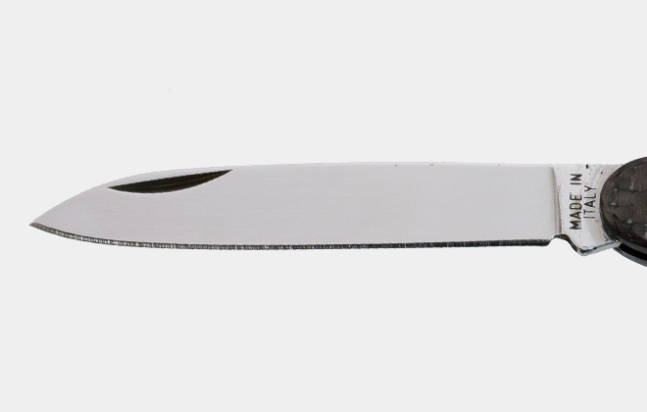
Penknife
The slope of the pen blade gives the knife a similar appearance to the spear point. It started as a tool for maintaining old pens and quills, making it one of the more common knife styles, as well as the one most suited to everyday use. It’s yet another classic style of knife that is worth carrying in your arsenal. You’ll commonly find examples of the traditional penknife, which should always fold into the handle, in a multi-tool like the Victorinox Swiss Army Knife.
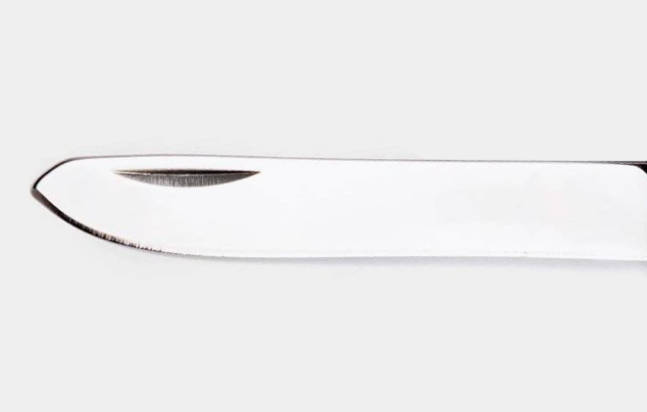
Spey-Point Blade
Another blade rooted in specialty usage, the spey-point started as a tool for spaying livestock. Its unique tip gives it an element of precision and the straight edge and steep curve of the blade make it well-suited to hunters. Spey-point blades aren’t particularly common but you might find them as part of a multi-blade pocket knife like the Old Timer or this Dispatch Trapper knife.
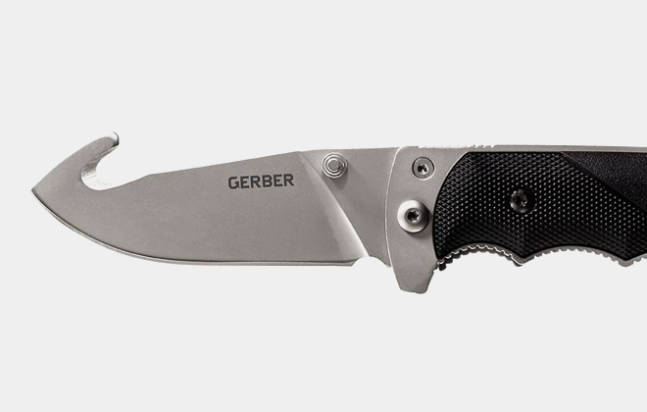
Gut Hook
Probably the most morbidly named blade, the gut hook is a blade explicitly designed for hunting and field dressing. The belly of the knife makes skinning exceptionally easy with this style and the back of the knife features the blade’s namesake, a sharpened hook designed to open the insides of an animal without damaging muscle. Most examples of the Gut Hook knife are fixed blade but you can find folding knife versions. We’d recommend the Gerber Freeman or the Mossy Oak.
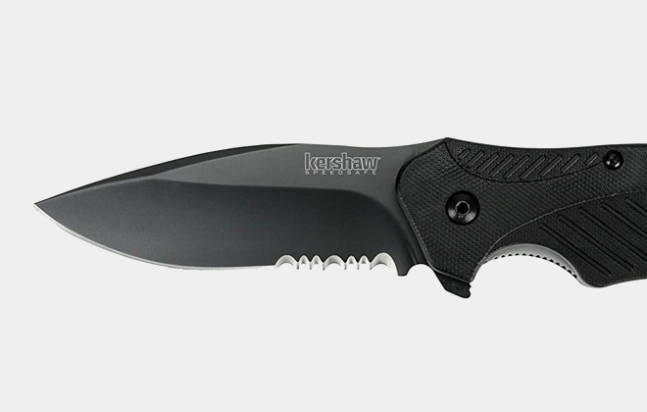
Serrated
This is a style that multiple blade shapes have. But we thought we should include it thanks to its increasing prevalence. This blade feature allows the user to saw through tougher objects like wood or coarse rope. It’s a style that’s becoming more common, but still sees limited use thanks to the difficulty associated with sharpening the serrations. Some of the best examples of a serrated pocket knife include the Kershaw Clash, the Spyderco Tenacious, and the Gerber Paraframe Mini.
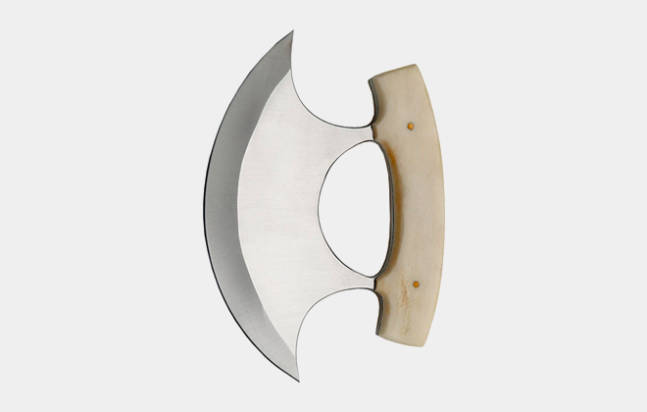
Ulu
The ulu is one of the less common blade types, but it’s by far one of the most interesting. Its uses include scraping and chopping, and it is world ahead of the other blade types when it comes to strength. Its origins are in the Inuit culture and the blade is traditionally used by women in household tasks. You can stock it in your kitchen, but we don’t think it’ll do much good out in the field. If you want to try it out, get the SZCO ulu with a horn/bone handle or the Titan International walnut and burn bone ulu.
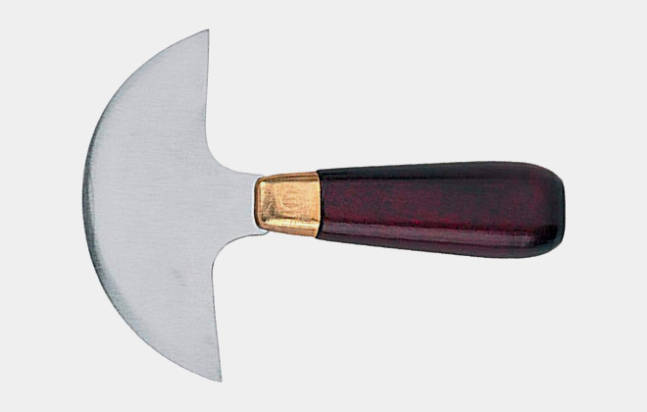
Head Knife
The main difference between the ulu and the head knife is how far the curve of the blade extends. The head knife is semi-circular and is used in leatherworking. It thins the leather and allows the user to make precise cuts for designs other than straight lines. A head knife makes for the most unique addition to your knife set. We’d recommend this C.S. Osborne head knife.
Want to read more about the pocket knife blades? Click here for Cool Material’s Guide to Pocket Knives.
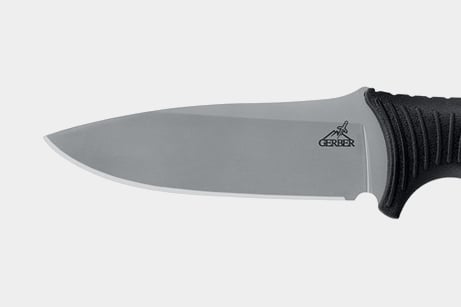
Drop-Point Blade
The Drop-Point knife is a classic, all-around style of knife blade. And it’s one of the most ubiquitous types of blades. The dull back of the handle has a gradual down-slope, creating an easily controlled point, increasing precision usage. It can also be used for hunting tasks, performing well in skinning and slicing jobs. If you’re looking for a drop-point knife, we’d recommend this CRKT knife, a fixed-blade Gerber knife, or a Western Active folding knife.
Learn More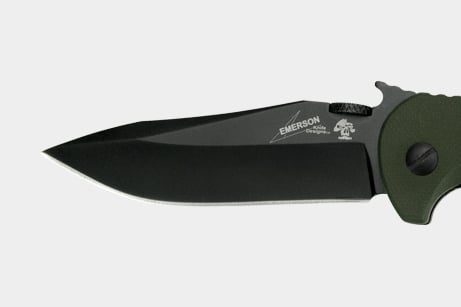
Clip-Point Blade
The clip-point blade is very similar to the drop-point which makes it is another general-purpose blade. But, you’ll notice the front section on this type of knife’s spine has a little “clip” taken out of it. This unique shape makes a clip-point blade perfect for delicate, precision tasks. We’d suggest getting a Kershaw Emerson, the Buck Knives 110, or this Cold Steel SRK survival knife.
Learn More
Tanto Blade (aka Chisel Point)
The tanto point is one of the stronger blades making it highly prized among specialized knife enthusiasts. Its shape gives it particular proficiency when it comes to piercing jobs and push cuts. It’s a great blade if you’re looking to pierce tough objects, but otherwise, this probably shouldn’t be part of your EDC. If you want a powerful tanto blade knife, get yourself a high carbon Schrade folding knife or the CIVI Brazen folding knife.
Learn More
Spear-Point Blade
The spear point has equal slopes on both sides, putting its point in the direct center of the blade. Knives with spear blades may or may not have both sides of the blade sharpened. If both are, then the point is extremely sharp and excellently suited for piercing. Additionally, the blade itself is relatively wide and very strong. But, it’s one of many specialty types of knives. You’ll typically find the spear-point blade in throwing knives or daggers but they also appear with more common folding and/or pocket knives. Some of the best spear-point knives include the fixed blade Smith & Wesson H.R.T. and the DROP + Laconico frame-lock folding knife.
Learn More
Blunt Tip Blade
Like the spear point, a blunt tip features a symmetrical blade with equal slopes. Unlike the spear point, the blade comes to a blunt tip as a safety precaution. This unique style means it’s a highly specialized knife design and not commonly used. They’re mostly used by kayakers, boaters, and divers when cutting line or rope. The best blunt tip blade we’ve found is definitely the Schrade WR3 with a serrated section on the spine.
Learn More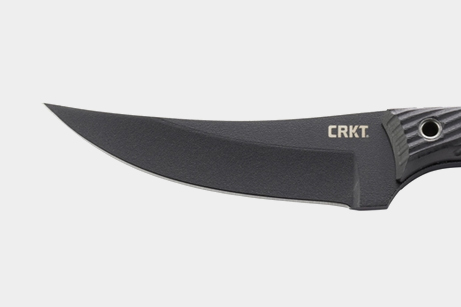
Trailing-Point Blade
Mostly used by hunters, the trailing blade’s back has a steep upward curved knife that forms a deep belly. It makes skinning and slicing incredibly easy and is a lightweight knife. But that all comes with a tradeoff. This style has one of the weakest points in the industry, making any kind of piercing a shaky proposition at best. We’d recommend the CRKT Clever Girl, this Eafengrow tactical folding knife, or the fixed blade Benchmade Meatcrafter.
Learn More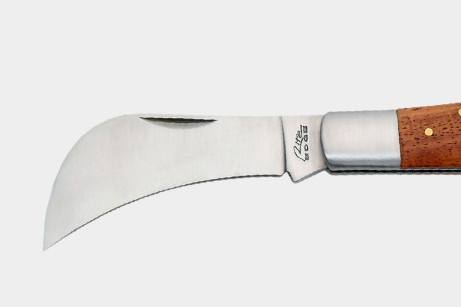
Hawkbill Blade
The hawkbill blade is almost the exact opposite of the trailing knife. It still retains the curved knife design. But, its longest side is the back, with a concave blade that’s more specialized than most. It’s not going to be a great knife for everyday usage. But if you find yourself often cutting cords and stripping wires, or even pruning in the garden, the hawkbill blade is the best option. We love the refined look of the Opinel No. 10 and the SZCO Pruning knife. Or, opt for a more tactical option like the CRKT Provoke or Spyderco Dragonfly.
Learn More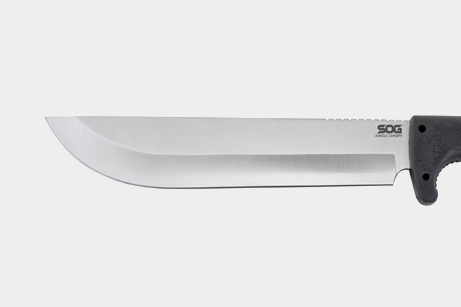
Straight Back (aka Normal) Blade
This is the knife design you’ve probably seen the most, since it’s the shape most kitchen knives follow. The straight back blade is sturdy, both in practice and tradition, and it’s one of the oldest blade shapes. Thanks to their strength and heavy blade, straight back knives are perfect for chopping and cutting. Of all the styles on this list, this is the one you’re safest buying. We have a ton of favorites when it comes to this style, Spyderco has some great options, but we’d suggest starting off with the classy Opinel No. 8 and The Carter from The James Brand.
Learn More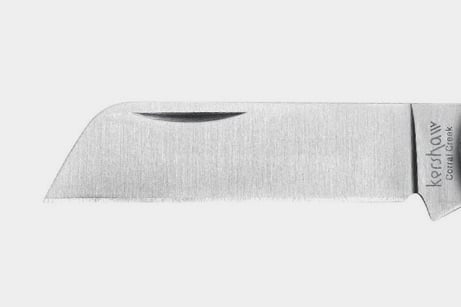
Sheepsfoot Blade
Plenty of emergency personnel carry the sheepsfoot type of blade, mostly because of the combination of practicality and safety. The sheepsfoot blade cuts well and works in close quarters, but the dull point and back make it much more difficult to hurt yourself and others while you use it. Originally, the style was used to trim sheep hooves, so it lends itself well to whittling as well. The Kershaw Corral Creek remains a favorite though it’s been discontinued. Otherwise, we’d recommend the CRKT Pilar or The James Brand The Wayland.
Learn More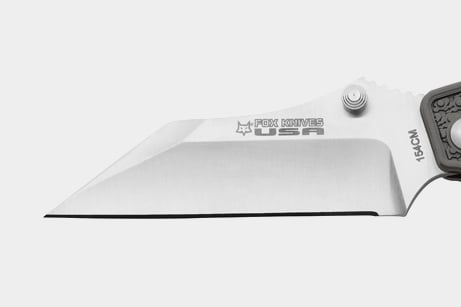
Wharncliffe Blade
There’s little difference other than aesthetics between this blade and the sheepsfoot blade. The wharncliffe has a more gradual slope that starts closer to the handle. Otherwise, the functionality of the wharncliffe is largely the same and the blade should be used for carving wood and cutting. The best options are The Pike from The James Brand, the Drago from Fox Knives USA, and the CRKT minimalist wharncliffe with a fixed blade and unique handle.
Learn More
Needle-Point Blade
A needle-point blade is the one style on this list that lends itself more to combat than practical usage. The needle’s shape makes it excellent at piercing and slashing, though it is definitely on the fragile end of the spectrum and will break under improper stress. There doesn’t seem to be much reason for the average person to carry a blade like this. As a result, it’s not a very common type of blade. A small, EDC example of this knife is the Uzi folding knife.
Learn More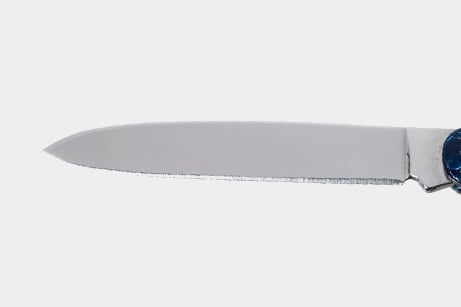
Penknife
The slope of the pen blade gives the knife a similar appearance to the spear point. It started as a tool for maintaining old pens and quills, making it one of the more common knife styles, as well as the one most suited to everyday use. It’s yet another classic style of knife that is worth carrying in your arsenal. You’ll commonly find examples of the traditional penknife, which should always fold into the handle, in a multi-tool like the Victorinox Swiss Army Knife.
Learn More
Spey-Point Blade
Another blade rooted in specialty usage, the spey-point started as a tool for spaying livestock. Its unique tip gives it an element of precision and the straight edge and steep curve of the blade make it well-suited to hunters. Spey-point blades aren’t particularly common but you might find them as part of a multi-blade pocket knife like the Old Timer or this Dispatch Trapper knife.
Learn More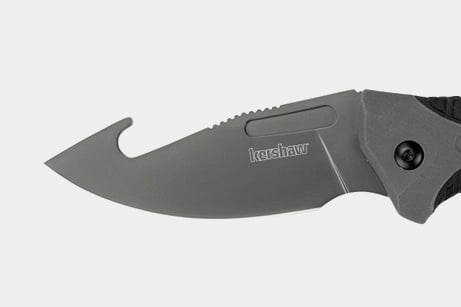
Gut Hook
Probably the most morbidly named blade, the gut hook is a blade explicitly designed for hunting and field dressing. The belly of the knife makes skinning exceptionally easy with this style and the back of the knife features the blade’s namesake, a sharpened hook designed to open the insides of an animal without damaging muscle. Most examples of the Gut Hook knife are fixed blade but you can find folding knife versions. We’d recommend the Gerber Freeman or the Mossy Oak.
Learn More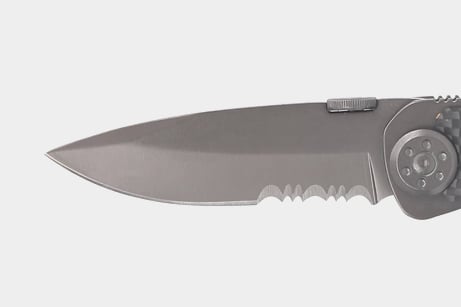
Serrated
Serrated is less of a single blade type and more of a feature multiple blades have. But we thought we should include it thanks to its increasing prevalence. This blade feature allows the user to saw through tougher objects like wood or coarse rope. It’s a style that’s becoming more common, but still sees limited use thanks to the difficulty associated with sharpening the serrations. Some of the best examples of a serrated pocket knife include the Kershaw Clash, the Spyderco Tenacious, and the Gerber Paraframe Mini.
Learn More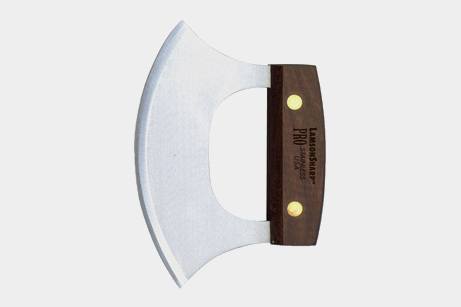
Ulu
The ulu is one of the less common blade types, but it’s by far one of the most interesting. Its uses include scraping and chopping, and it is world ahead of the other blade types when it comes to strength. Its origins are in the Inuit culture and the blade is traditionally used by women in household tasks. You can stock it in your kitchen, but we don’t think it’ll do much good out in the field. If you want to try it out, get the SZCO ulu with a horn/bone handle or the Titan International walnut and burn bone ulu.
Learn More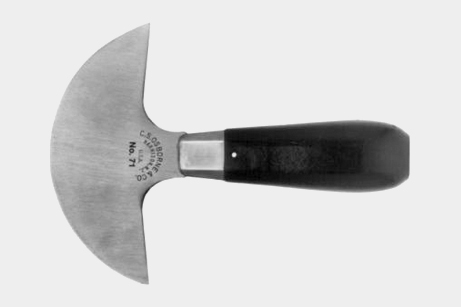
Head Knife
The main difference between the ulu and the head knife is how far the curve of the blade extends. The head knife is semi-circular and is used in leatherworking. It thins the leather and allows the user to make precise cuts for designs other than straight lines. A head knife makes for the most unique addition to your knife set. We’d recommend this C.S. Osborne head knife.
Learn More

